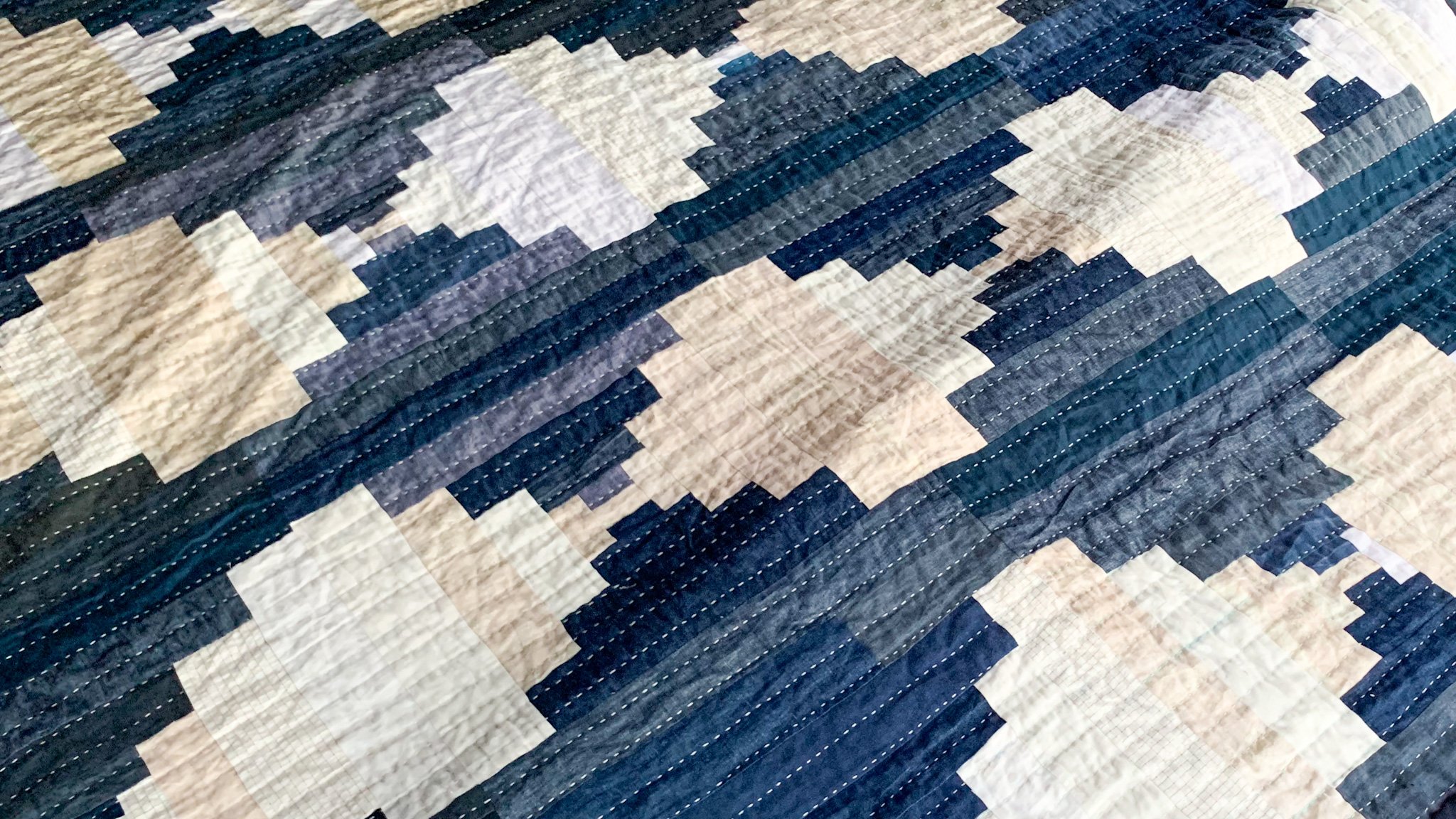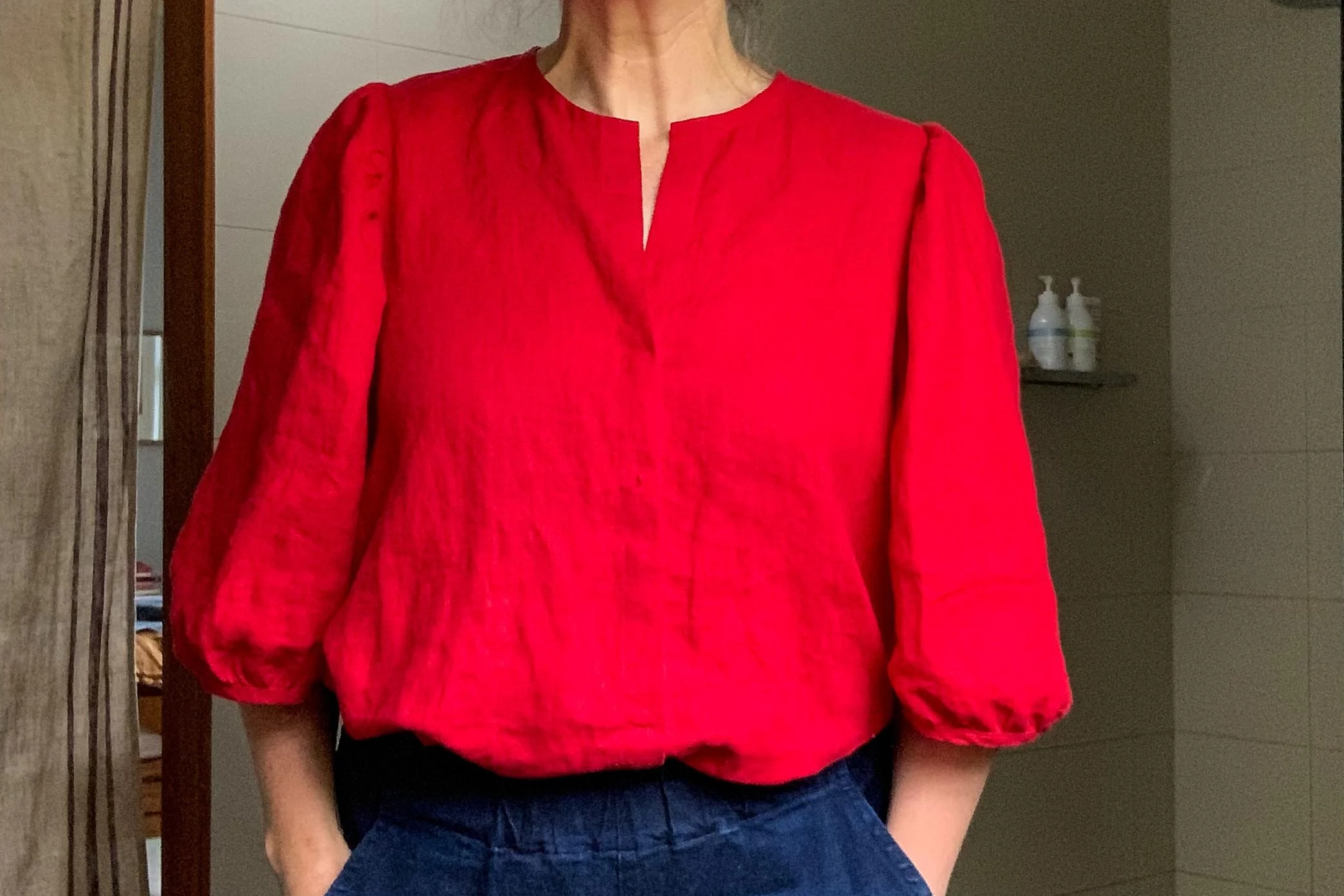This post has another title. It's also called "How stashing has wreaked havoc on my kid's wardrobes." Now some of you might say that wreaked havoc is a little harsh - and maybe I'll concede on that point. I do have a point though - and that is that they definitely aren't the wardrobes they would have had if I hadn't been stashing for all those years. I need this post as a reminder - reminder that buying without thought leads to chaos.
See the thing about stashing is that I bought without thought. For many years I didn't use my visual diary to consciously determine what I like and then purchase accordingly. Instead, on a whim, I purchased pretty sparkly things that I fell for on the day. My stash became a stash filled with fabrics that are attractive but that aren't my "deep style". And now, because I am the kind of person who wants to use up what I have, (due to this Stash Less Project I started and my desire to be a more conscious consumer), I am now making them clothes with what I have.
My “deep style" can be seen on my kid's Pinterest page. Lots of plain fabrics in soft colours. My kid's wardrobes however, are full of bright colours and lots of prints!
Don’t get me wrong. They look cuuute. Adorable even – when they aren’t kicking one another and complaining about having to eat “broc-ol-leee agaaain” - but that kind of isn’t the point. The point is that if I hadn’t stashed to the extent I did, and had put just a smidge more thought into coordinating my purchasing, then maybe they may have looked a little less circus-chic/urchin-unwashed and instead looked something more akin to “turned out”. And once in a while that would be y'know, nice.
I feel like now is the time I need to add a clarification. I love their look. But I guess sometimes as I look into the mishmash that is their wardrobes I wish that there was a teensy bit more coordination and a teensy bit less chaos. And I can see how my purchasing on a whim, and excessive stashing has contributed to this.
Their look is, however, theirs. As soon as my kids were old enough to talk they were picking their own outfits and wanted to have a big say in what I was making. They weren't/aren't dolls to be dressed. I have very limited input into their choices, and as such, if I offer them a plain fabric for a frock then they look at me with total horror. Like I am causing them physical pain. They will always go for the bright, and the mistake I made in the past was that I had bright on the shelves. Accessible and ready to go.
“What does all this have to do with a tipping point?”, I hear you ask. Well I've happy/sad news to report my friends! Happy because I've finally hit a tipping point in my quest to Stash Less. A point whereby I can see unequivocal progress. The stash – especially the fabric stash - is massively down in volume and my purchasing habits have changed - hopefully for good.
The tipping point occurred sometime over the last few weeks. I went to the fabric shelf, and lo and behold, I was stuggling to find exactly what I needed. Now I'm definitely not out of fabric and there are still about 15 pieces with some kind of meterage but at a guess I'd say I've at least halved what I had a year ago. And I’ve used many of the fabrics that I had hoarded for years due to their specialness. Big yay to me for being an achiever!
What this has to do with the kid’s wardrobes is that I’m now using the leftovers, smaller pieces and odds and ends, in order to make what I need to clothe them. I did a wardrobe edit a few weeks ago and the making list looked like this…
- The boy child needed shorts x 4
- The middle kid needed shorts x 2 and tshirts x 4
- The smallest one needs dresses x 3 and shorts x 2.
- The middle kid also wants some dresses. She has grown like a weed.
None of this is unusual; it is a time of year thing for me. October time is get-ready-for-summer time.
But what was unusual was that I didn't have endless choice. I made the shorts but am now out of boy short fabric. I literally have nothing left that would work for boy shorts. Then in order to get the aforementioned dresses cut out I had to do a bit of scrounging. Not quite enough of this or that fabric. I’ve been piecing things together, adding panels to the yokes and frills on the bottom, cutting on the crossgrain. Scrounging, using all that is left and thereby using fabric I don’t actually like to make dresses I’ll see twice a week for the next year or three. And I can't tell you how thrilled it is making me.
I’m thrilled because it’s finally got hard to find fabric; and because I’m really enjoying the challenge of figuring out how to use the dregs. I'm thrilled because I still have some special fabrics I can use for special projects. I’m thrilled because I’m enjoying sucking up the fact that their wardrobes are getting even crazier with weird fabric I don’t like. Thrilled because I can see the fabric stacks are small and I’ve used fabrics I love over the course of Stash Less. Thrilled because the preciousness of precious fabric is now has a more healthy perspective. Thrilled by how light I feel.
While I’m not there yet Ifinally feel progress has been made. We are exactly 13.5-months-and-a-bit in, and these last weeks have felt like total joy. I'm proud of my progress.
For those of you who are making your own changes to your stashing - how is it going?? Anything to report?
Felicia x












































































